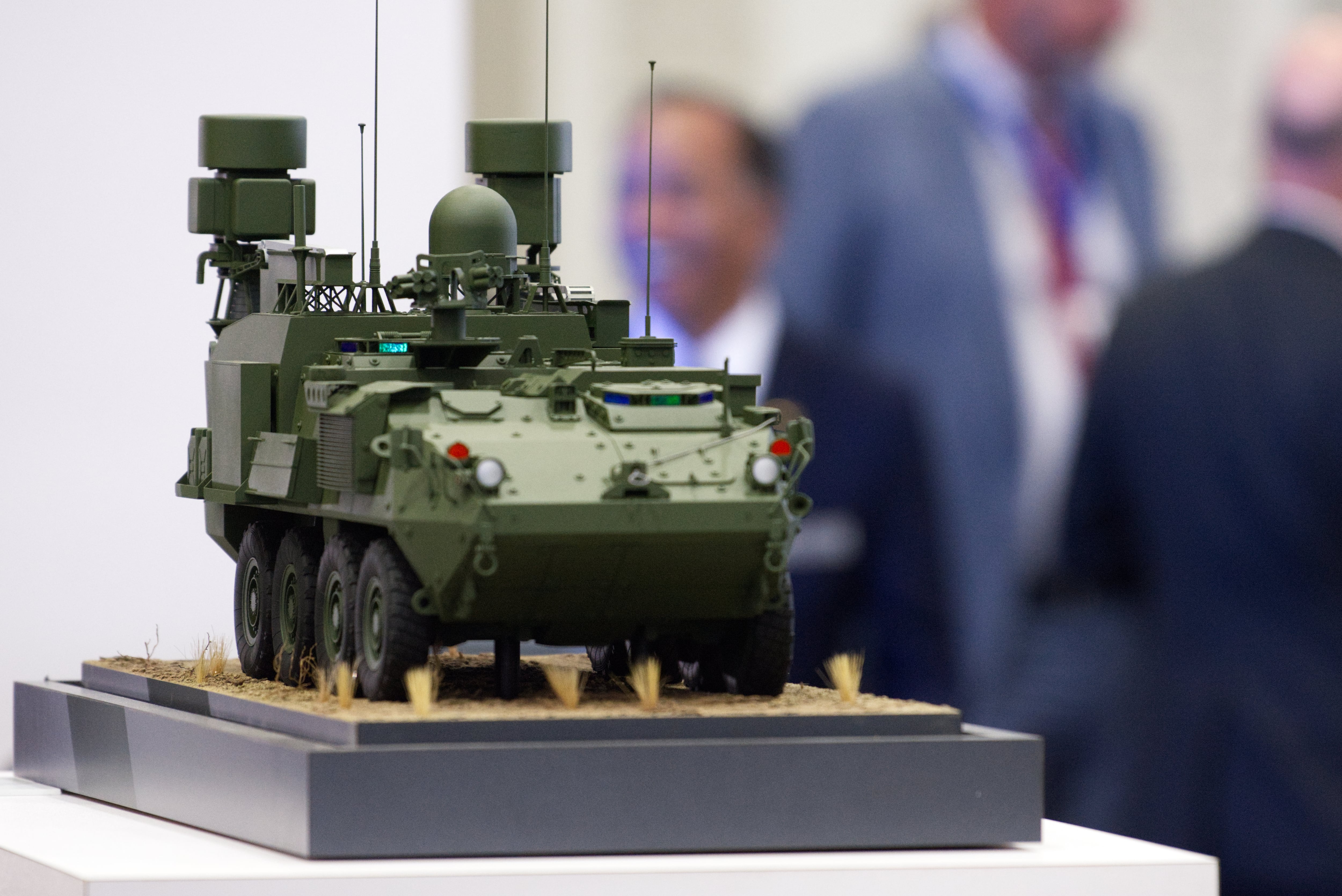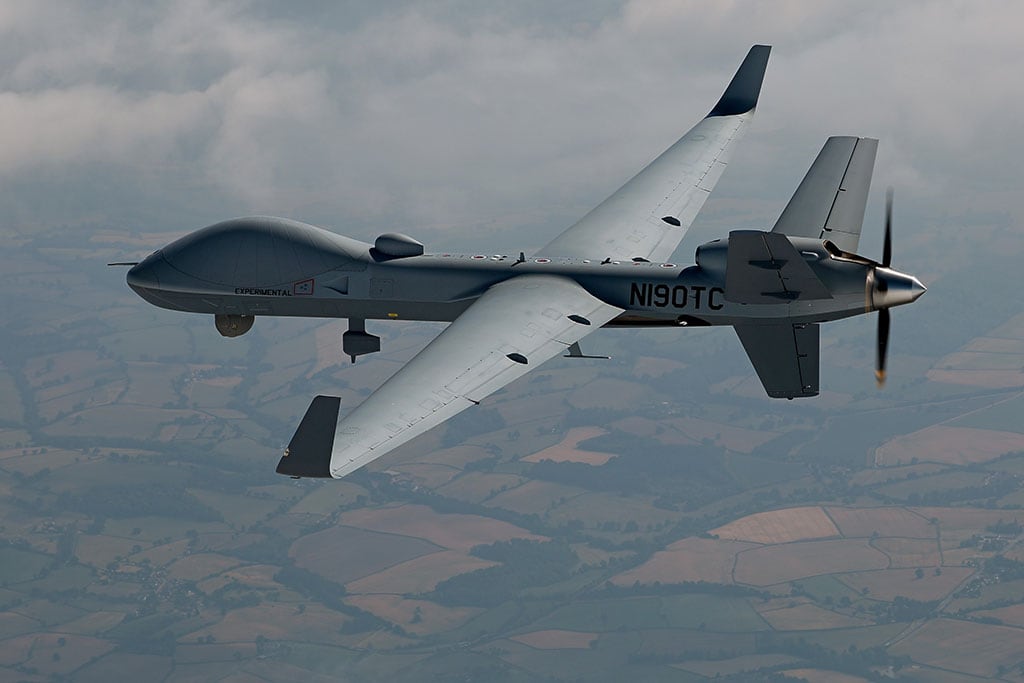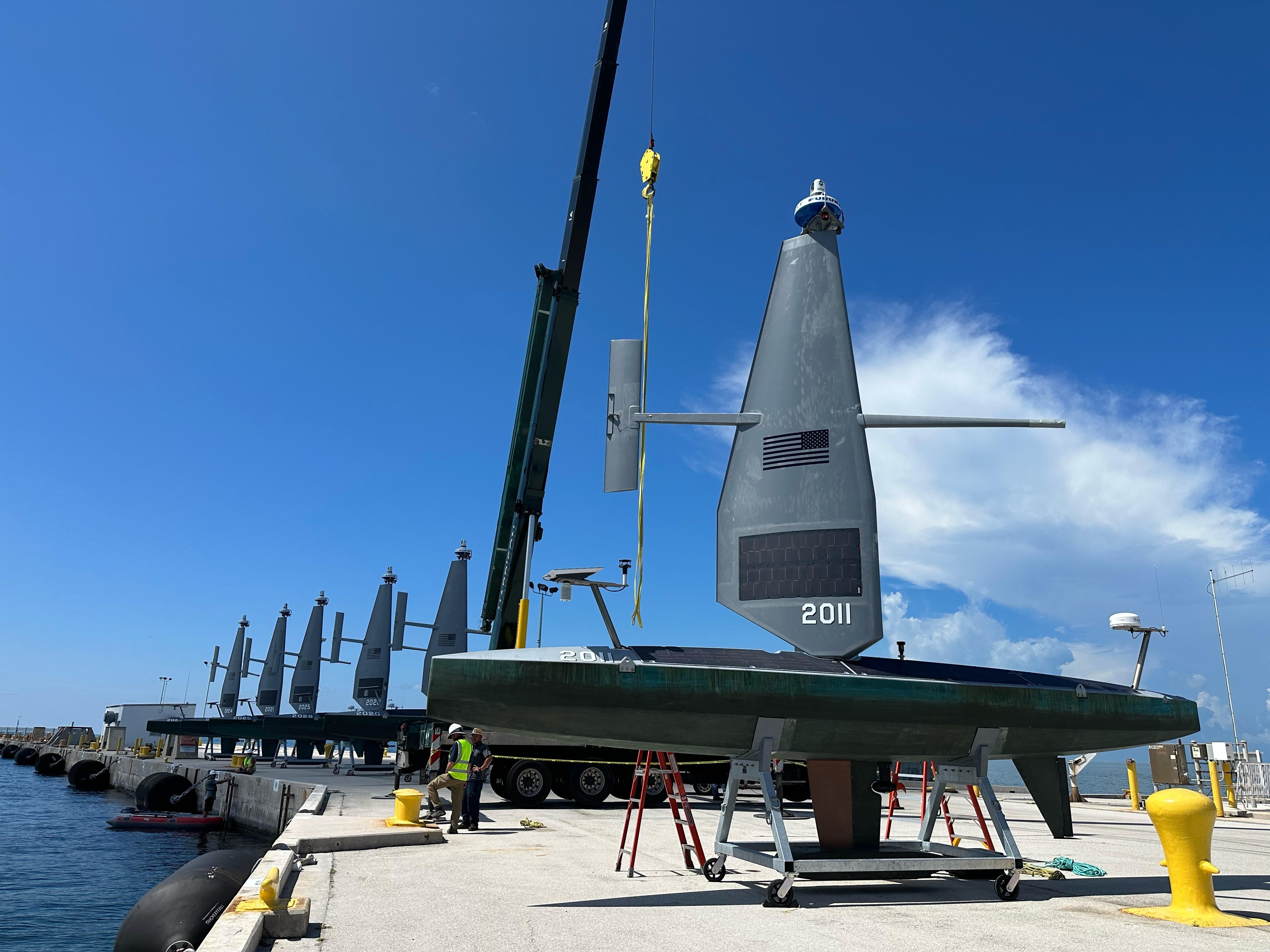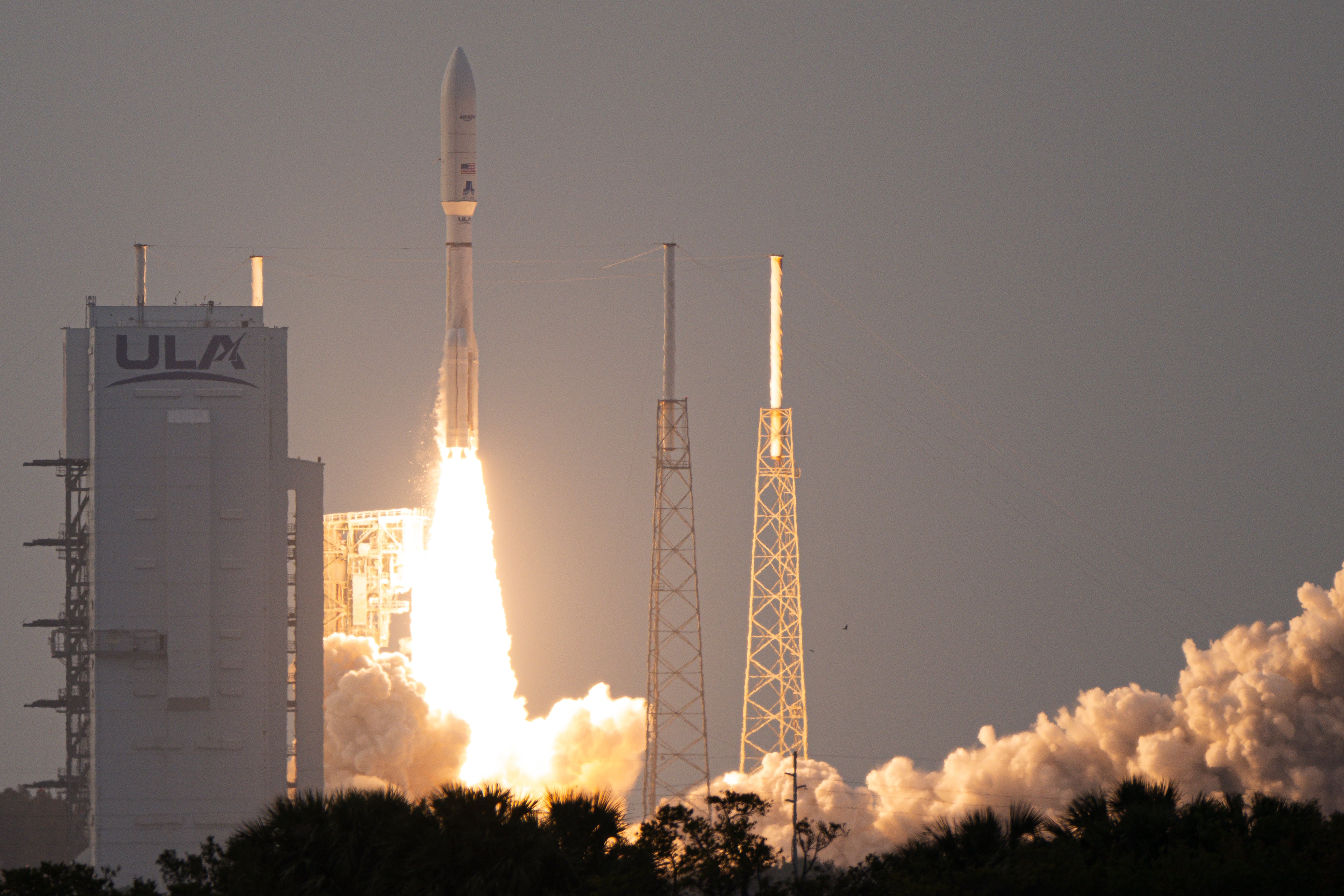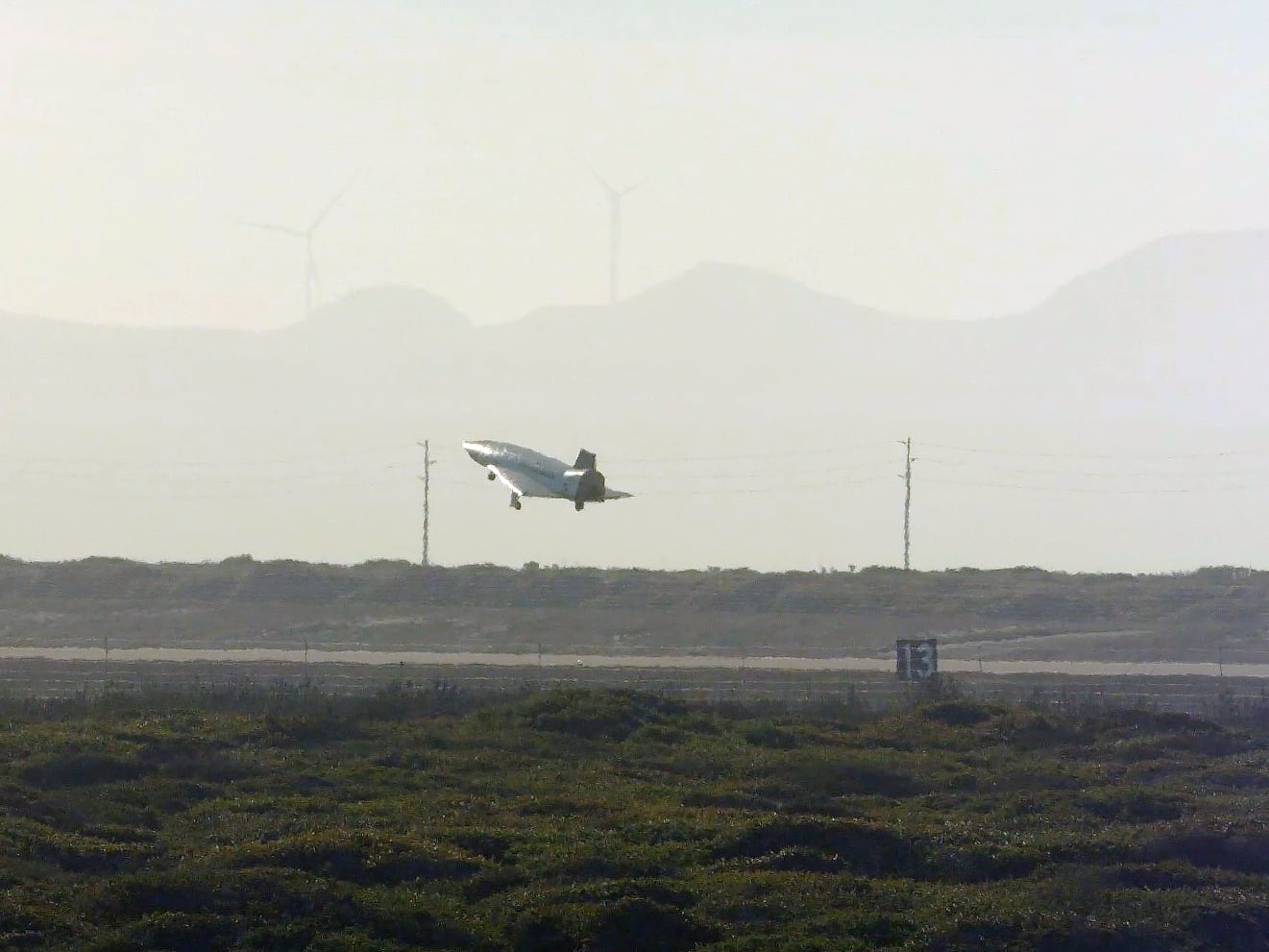WASHINGTON — A combined electronic warfare, signals intelligence and cyber weapon being developed by Lockheed Martin is “on a good path” to realization, following soldier testing this year, according to a U.S. Army official.
The Terrestrial Layer System-Brigade Combat Team, or TLS-BCT, is part of the service’s reinvestment in jamming, spoofing and spying as competition with Russia and China ramps up. The technology is so far slated for installation aboard Stryker combat vehicles, made by General Dynamics, as well as Armored Multi-Purpose Vehicles, made by BAE Systems.
Army Brig. Gen. Ed Barker, the leader of the Program Executive Office for Intelligence, Electronic Warfare and Sensors, or PEO IEW&S, on Dec. 5 told reporters a demonstration at Fort Huachuca, Arizona, months earlier was informative.
“We believe that we demonstrated the capabilities that are being asked, with regard to the Army’s next SIGINT, EW and cyberspace operations platform,” said Barker, whose office helps develop and deploy everything from reconnaissance payloads to missile-warning suites to biometric tools. “We still got a lot of work to do, coming out of the operational demonstration. We learned a lot.”
He did not speak to system shortcomings.
TLS-BCT is meant to provide smaller Army formations a means to better read their surroundings and disrupt sensitive networks and advanced electronics. Manipulation of the electromagnetic spectrum — a contested resource — is critical in modern warfare as it’s used to guide weapons, communicate with friendly forces and suppress enemy observations.
RELATED
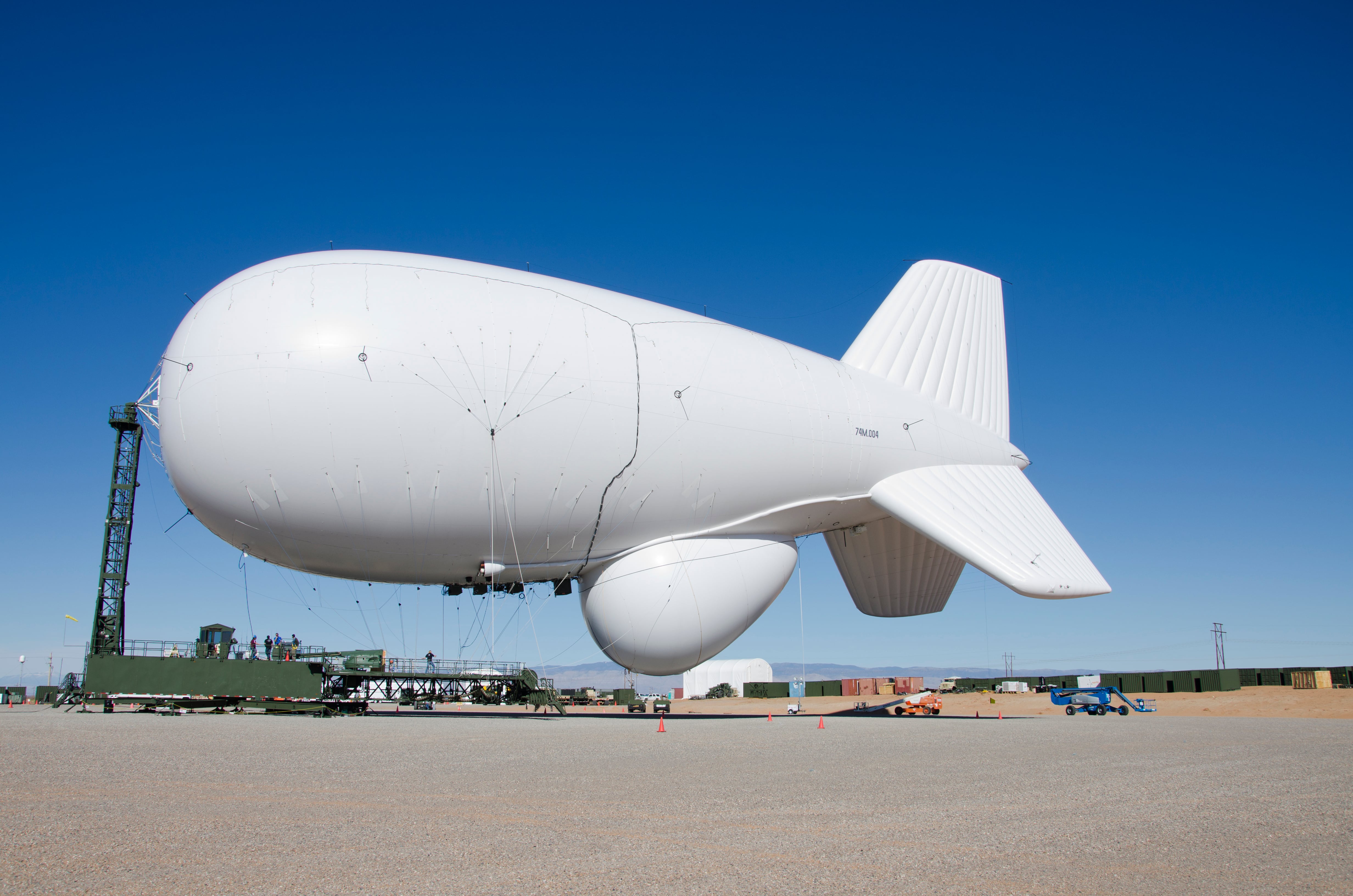
An operational assessment, another evaluation, of TLS-BCT is expected in fiscal 2025.
Deon Viergutz, Lockheed’s vice president of spectrum convergence, in November told a separate group of reporters visiting Syracuse, New York, that the company recognized the Defense Department’s desire for sophisticated jammers. Observations gleaned from the Russia-Ukraine and Israel-Hamas wars are driving factors.
“There’s, obviously, a huge focus on the modernization of EW within the Army. Many of the Army leaders have talked about that,” Viergutz said at the time. “It’s reflected in the budgets that we see. There is a great demand for these programs of record and getting them out there quickly.”
Lockheed is also spearheading development of the Army’s TLS-Echelons Above Brigade, known as TLS-EAB, and the Multi-Function Electronic Warfare-Air Large, or MFEW-AL.
The Maryland-based company is the largest defense contractor in the world when ranked by revenue, according to Defense News Top 100 analysis.
Colin Demarest was a reporter at C4ISRNET, where he covered military networks, cyber and IT. Colin had previously covered the Department of Energy and its National Nuclear Security Administration — namely Cold War cleanup and nuclear weapons development — for a daily newspaper in South Carolina. Colin is also an award-winning photographer.
